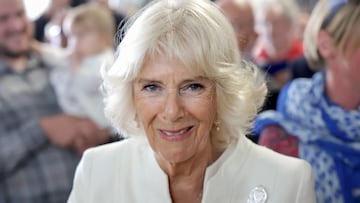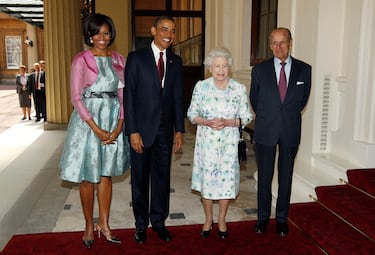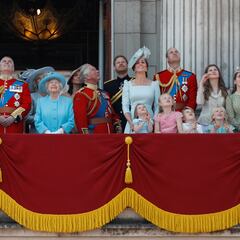Why will Camilla be Queen but Prince Philip wasn’t King?
This year, the late Queen Elizabeth II asked that Camilla be named Queen Consort when her son Charles was crowned head of state of the United Kingdom.

The late Queen Elizabeth II of England took possession of the throne in 1952 after the death of her father, King George VI. At that time, Elizabeth was 22 years old and was married to Philip of Greece, whom she never granted the title of King Consort. Consort in Royal terms usually means the spouse of the reigning monarch, with the special category of King or Queen Consort bestowed upon the spouse to allow them to be called King or Queen.
“In all likelihood, she made this decision to legitimize herself as governor. In 1953, when she was crowned, society was even more sexist than it is today and she knew that granting him the title of King Consort would end up leaving her in the background as monarch”, explains History doctor, Eduardo Juarez to El País. Philip never held the title of King and was Duke of Edinburgh during the 74 years of his marriage to Elizabeth. (Furthermore, in British Royal history, some male consorts have been awarded equal powers to the Queen. By not naming her husband as King Consort, Elizabeth II ensured this was less likely to happen).
On the other hand, Elizabeth II did want that recognition for Camilla, wife of her son Charles, when he would be crowned King. As the new King, at age 73, Charles will respect the former monarch’s wishes and confer upon his wife, Camilla Parker Bowles, the title of Queen Consort of England.
Queen Elizabeth said, “I will always be deeply and humbly grateful for the loyalty and affection you continue to show me, but when the time comes, my son Charles will be King. I know that you will give both him and Camilla the same support that you have given me. It is my sincere wish that, when that time comes, Camilla will be known as Queen Consort while continuing her own loyal service.”
Related:
- What was the relationship like between Queen Elizabeth II and Princess Diana?
- Nostradamus predictions in 2022
So few Kings Consort: the desire for a male child
According to Juárez, the main reason why there have been so few Kings Consort over the course of history is because Royal families have been desperate in their pursuit of male offspring to inherit the crown, meaning there have been even fewer Queens than Kings than might be expected, even with the rules of male primogeniture in place, where males inherit the crown ahead of female offspring even when born later. (This rule no longer applies in the British Royal Family for children born after 2011).
Related stories
“[Spain’s] Philip II, for example, married four times for the sole purpose of conceiving a boy. If it hadn’t been for that, he wouldn’t have married fourth wife Anna of Austria after the death of his third wife, Isabel de Valois, with whom he had his two oldest daughters,” says Juárez.
Few British Kings Consort
Two examples of consorts in British royal history who were never made King Consort are George of Denmark who married Queen Anne, and Albert of Saxe-Coburg-Gotha, who was married to Queen Victoria. Both were never give the title of King Consort, but held the title of “Prince”, exactly the same title held by Philip, Duke of Edinburgh, Queen Elizabeth II’s husband.


